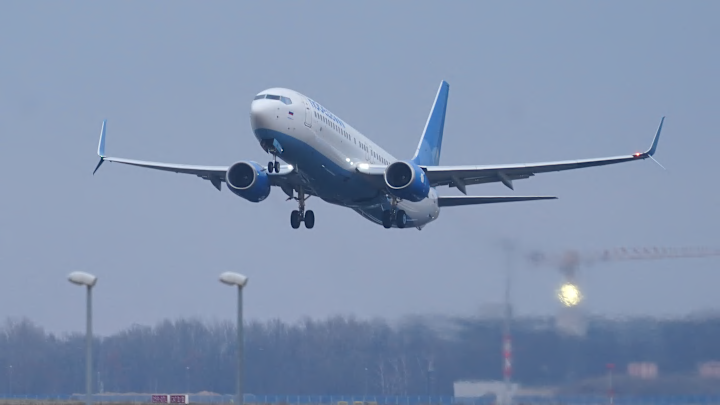Knowing that flying is one of the safest forms of travel doesn’t make it any less terrifying for some people. No matter how many flights you take, it can be hard to accept that a 455-ton jet is capable of staying airborne. If you can’t wrap your head around the physics of air travel, allow this video to illustrate it for you.
This animated lesson from TED-Ed explains why the “miracle of flight” isn’t as miraculous as you might assume. It all comes down to aerodynamics: Though it’s not always viewed that way outside scientific contexts, air is a fluid medium like water, and in the right circumstances, it’s dense enough to support a multi-ton flying machine. This occurs when the air pressure beneath a wing is greater than the pressure above it. This imbalance generates an upwards force called lift, which is what allows planes to overcome the force of gravity and climb through the air.
Lift also explains the frightening phenomenon of turbulence. The forces pushing down and up on the wings don’t stay constant while the plane is in motion and a sudden change in air pressure can cause the wings to wobble. If you observe this from your window seat, don’t be alarmed: A plane’s wings are designed like massive springs, and they can withstand turbulence 50 percent stronger than the worst that’s ever been recorded.
After watching the video below, you can learn the truth behind more misconceptions about flying here.
[h/t TED-Ed]
